On 14th July 1760 the British were victorious over the French in the Battle of Emsdorf, which is depicted in the above painting. This battle took place during the Seven Years' War (1756-1763) - a struggle for world supremacy between Great Britain and France which is considered to be the first global conflict in history. At Emsdorf, the newly raised British 15th Light Dragoons, along with six battalions of Hanoverian and Hessian infantry and some irregular cavalry fought against the French side (which were five battalions of the Royal Bavière and the Anhalt regiments, German mercenaries, and a regiment of hussars recruited from Hungary). The two forces were roughly the same size at around 3,000 men. The British and Hanoverians wore red.
Part of a campaign to disrupt the French line of communications, this particular battle's objective was to capture Marburg to the west of Emsdorf (a village in Hessen, Germany, north of Frankfurt) where a French supply depot was situated. The French force were settling down to lunch when the British alliance surprised them. The Anglo-Hanoverians ultimately captured over 1650 prisoners, mostly due to several charges by the British 15th Light Dragoons into the retreating French force. A map of the battle is shown below.
The victory was largely won by the well-handled British 15th Light Dragoons. The officer commanding the 15th was Lieutenant Colonel William Erskine. Erskine later presented King George III with 16 colours (flags) captured by his regiment after the battle. The 15th had only recently formed and had seen no action as a regiment beforehand. Augustus Elliot was the Colonel and many of the men had been tailors by trade, giving the regiment the nickname "Elliot's Tailors" in its early days. Later the 15th Light Dragoons went on to be the 15th King’s Royal Hussars, then the 15th/19th King’s Royal Hussars and now the Light Dragoons.
The story below published in the 24 May 1876 Naval and Military Gazette tells of how Erskine motivated his men by ordering them to place small branches from an oak tree into their helmets to signify that they were as tough as oaks themselves. The piece goes on to describe how the 15th charged four times at Emsdorf - an action of legendary proportions. Once back in Britain, while being reviewed in Hyde Park, the 15th wore oak leaves in remembrance of Emsdorf.
The fledgling regiment's victory at Emsdorf caused a sensation back in Britain. They were awarded the first ever Battle Honour (the right to emblazon the name of a battle or operation on flags, uniforms or other accessories), thus beginning a system that continues to this day. The 15th Light Dragoons began to wear the words “At Emsdorf” on their light dragoon helmets (see image below) and, as a result of this victory, the regiment acquired the new nickname of “The Fighting Fifteenth”.
William Erskine (pictured below) was knighted for his performance in Emsdorf by King George III. Nicknamed "Woolly" Erskine, he went on to be posted to America and spent three years participating in the American War of Independence. He later saw action in the wars of the French Revolution. The Erskine Baronetcy, of Torrie in Fife, was created in the Baronetage of Great Britain on 28 July 1791 for William. In 1793 the baronies of Torrie and Lundin were entailed by Sir William Erskine. When he died on 19 March 1795, he was succeeded by his eldest son William.
From then, further feus were taken up and Emdorf grew into the village seen on the 1854 map below. Many of the early residents of the village were linen hand loom weavers. At the time of the first census in 1841 there was a concentration of weavers in the streets of Emsdorf. The sound of the shuttle would have emanated from many of these houses, as a local nonagenarian commented in 1931.
The younger Sir William Erskine, the second Baronet, died in 1813. The title and estates passed first to his brother James, until his death in 1825 and then to youngest brother John, fourth baronet, who lived until 1836. The Baronet of Torrie title became extinct upon his death. The property of Sir John Erskine of Torrie then passed to the son of his late sister, Frances Erskine (1773-1798). This was Rear-Admiral James Erskine Wemyss of Wemyss (1789-1854), whose maternal grandfather was Sir William Erskine of Battle of Emsdorf fame. James Erskine Wemyss sold the Lundin Estate to the Standard Life Assurance Company in 1852, shortly before his death (see notice from 27 May 1852 Fife Herald below).
Although Emsdorf no longer exists as a village, the street names of Emsdorf Street, Emsdorf Road and Emsdorf Crescent survive to this day within Lundin Links. The unusual name often prompts questions. Although like several other streets and settlements around the country the name recalls a long-ago battle fought in a foreign land (other examples being Waterloo, Trafalgar and Maida), the full story of Sir William Erskine and his role in this battle remains relatively unknown.
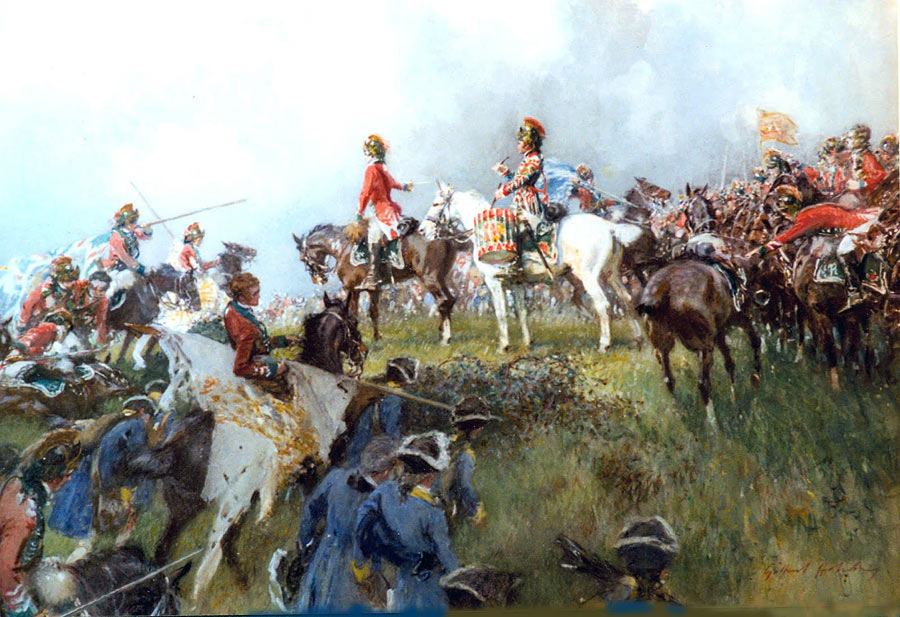
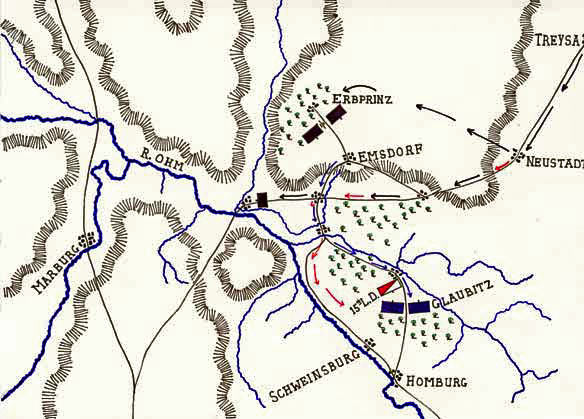
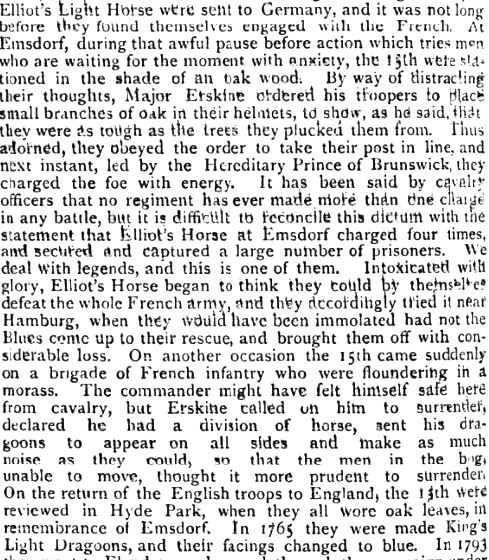
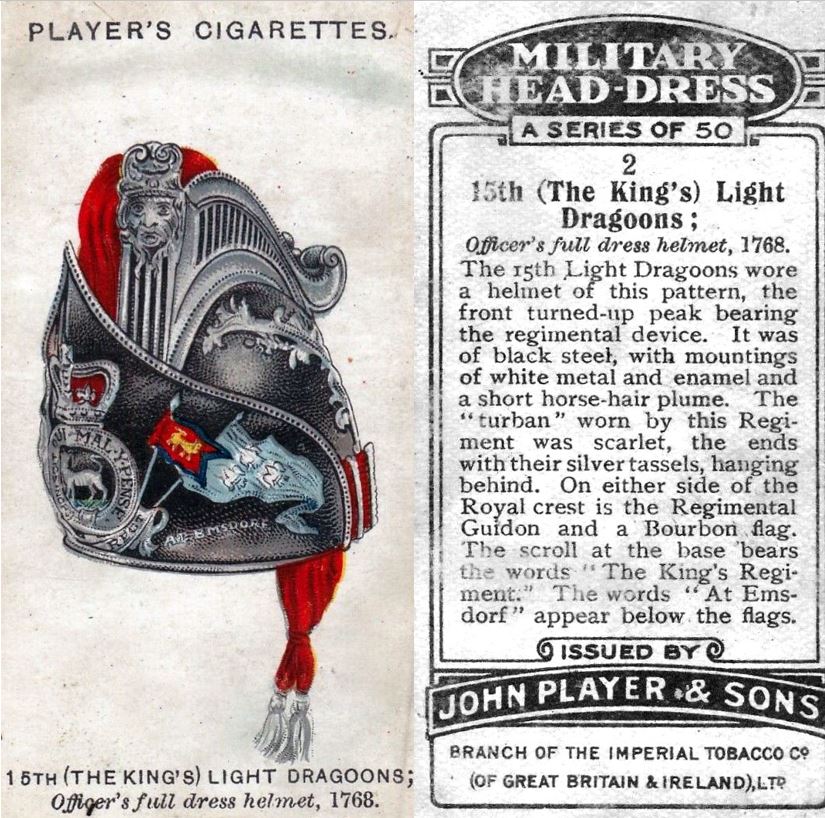
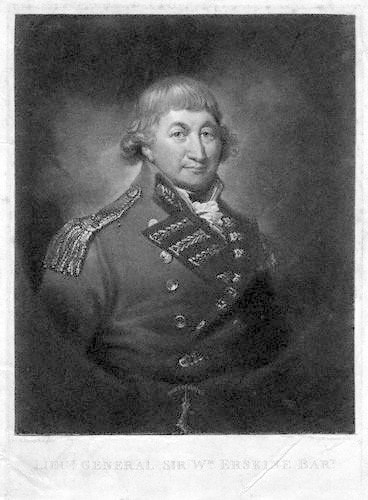

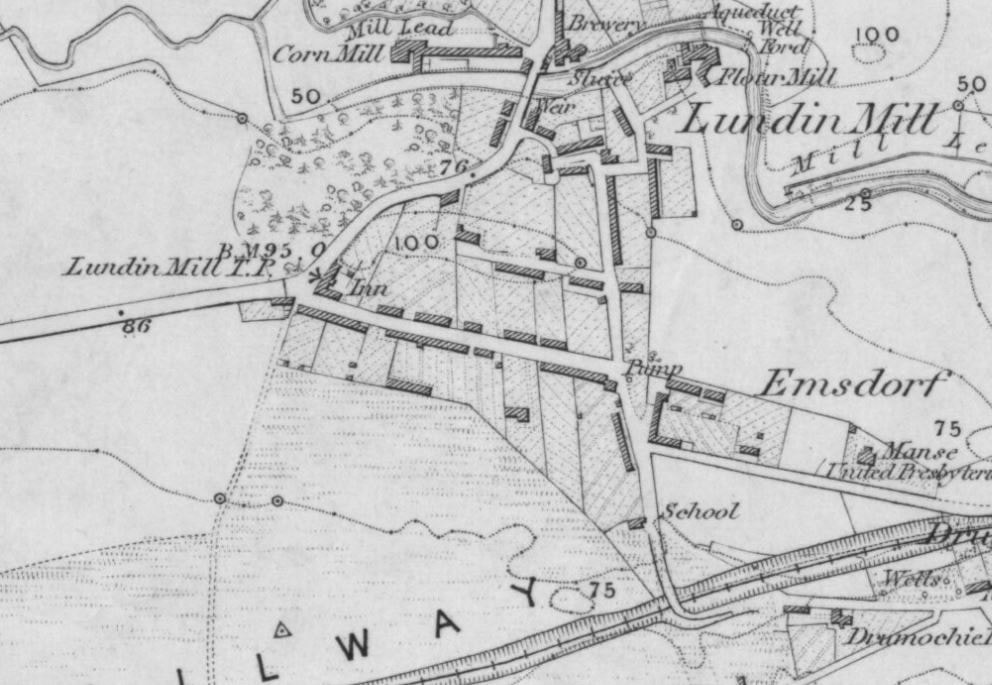

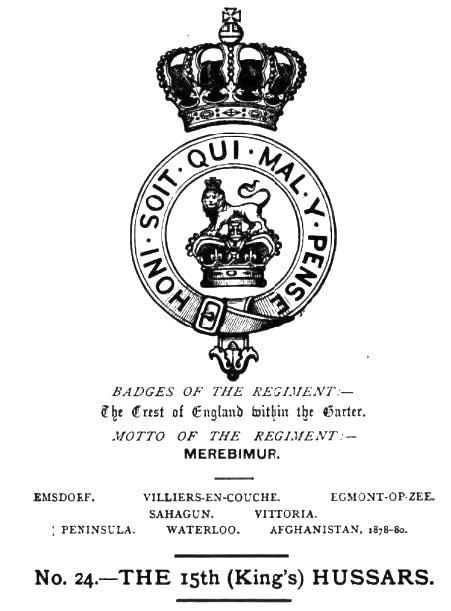
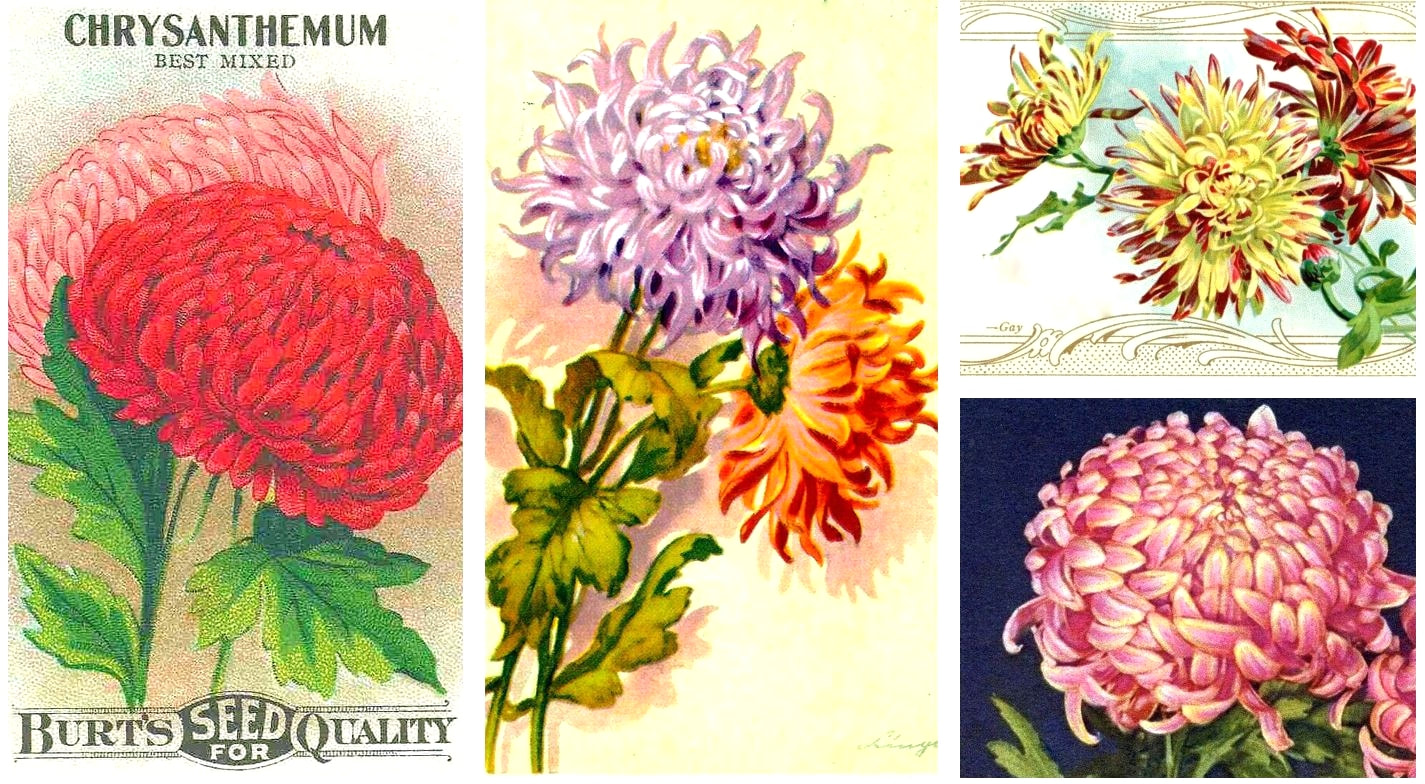
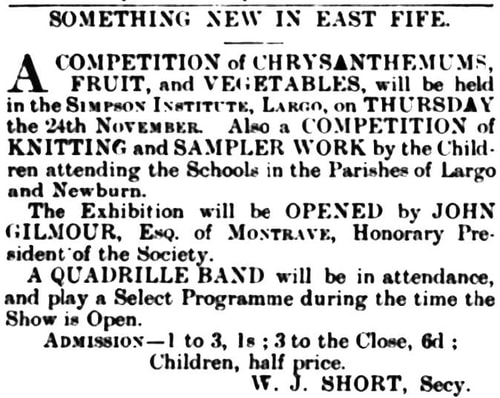
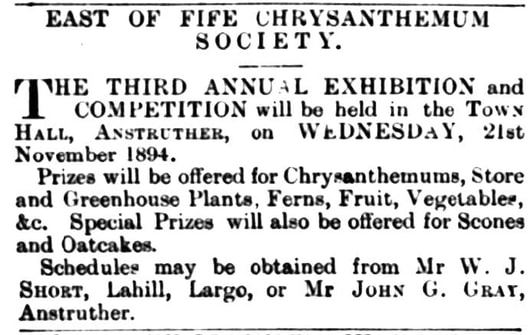
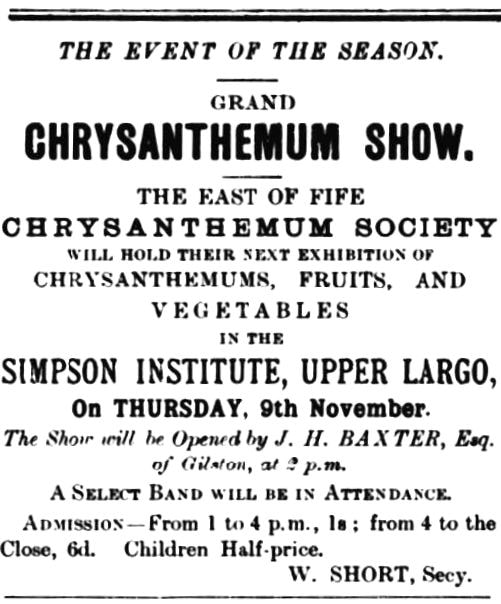
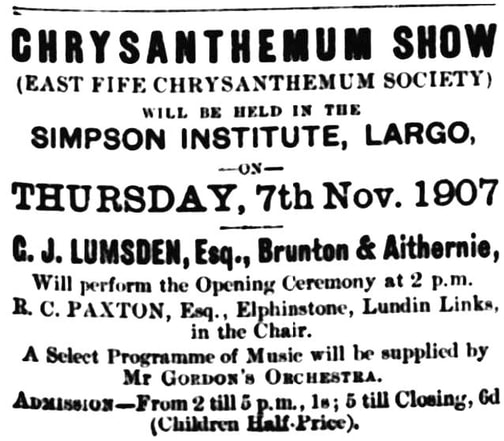
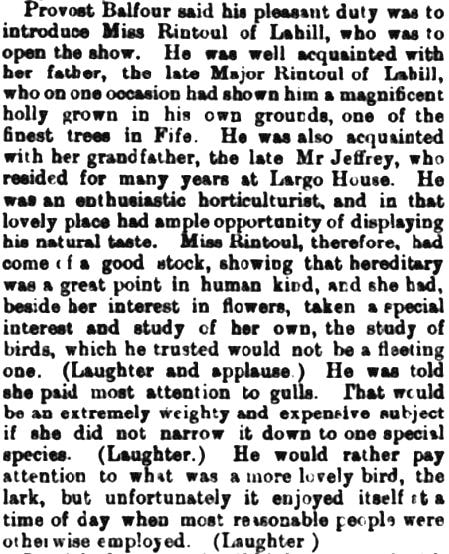
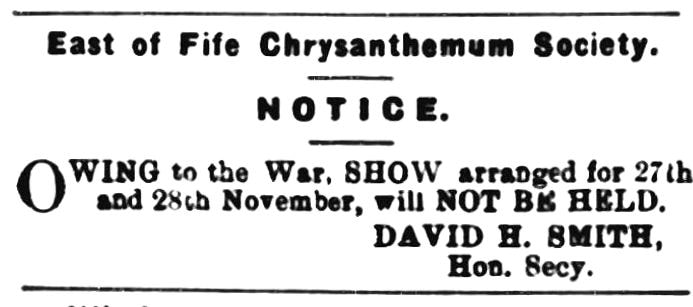

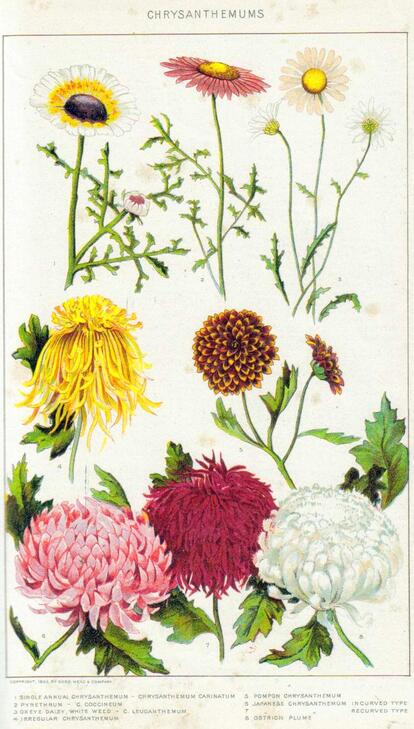
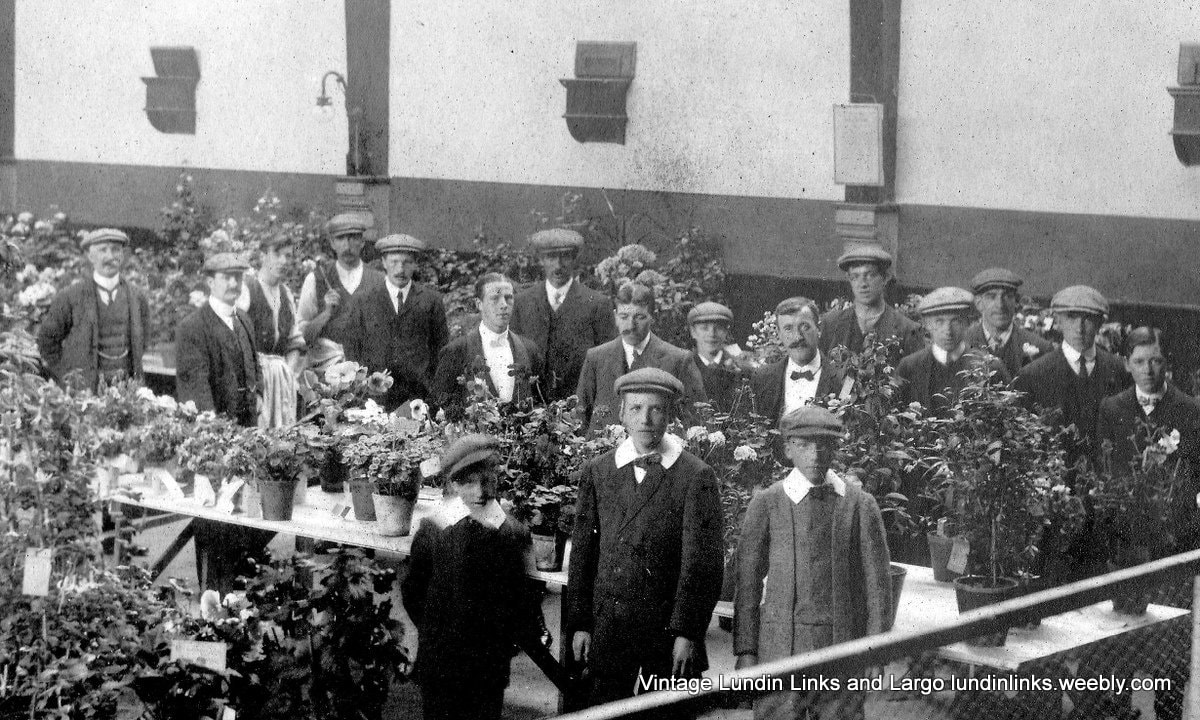

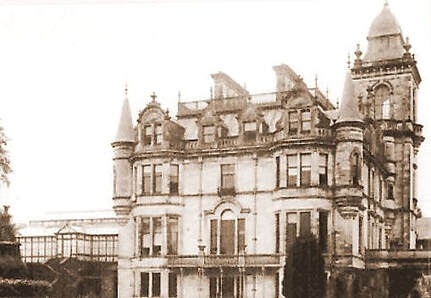
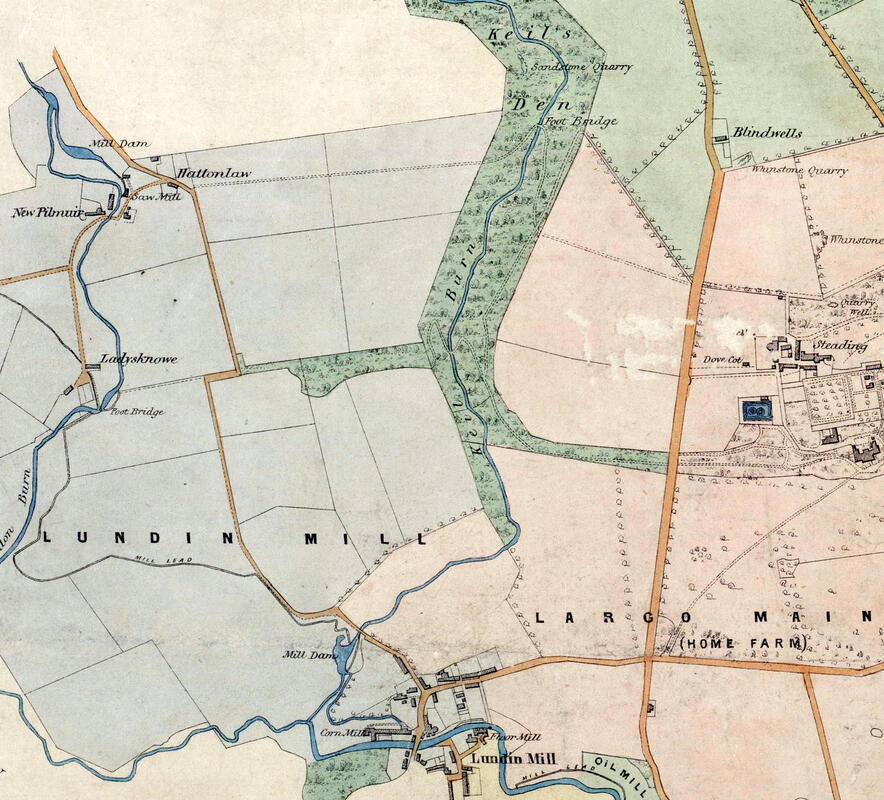


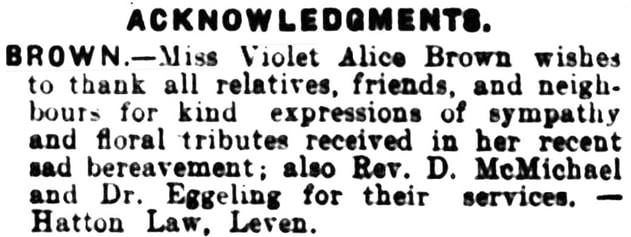
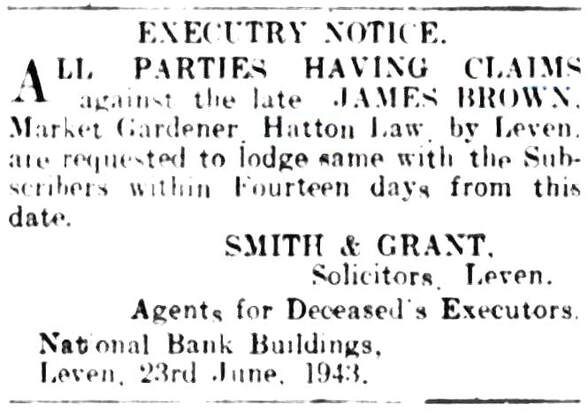

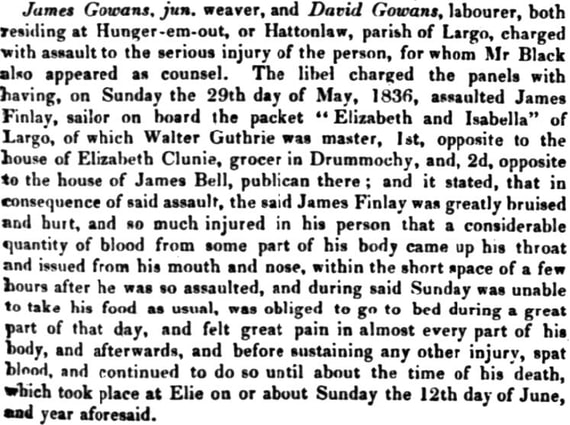
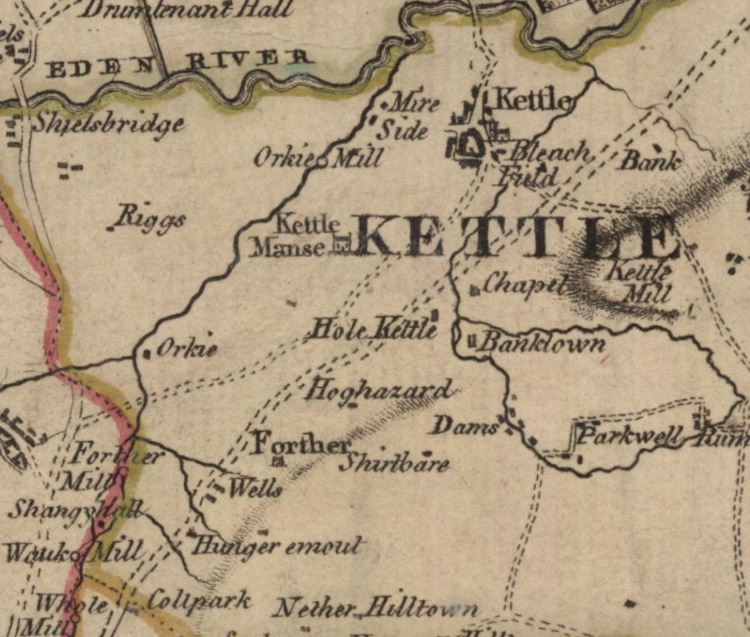
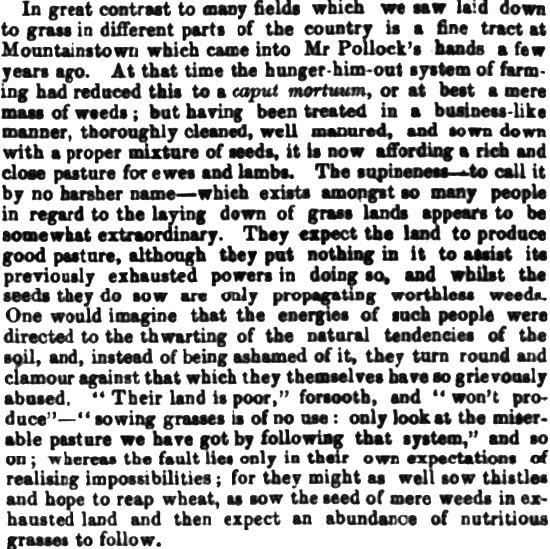
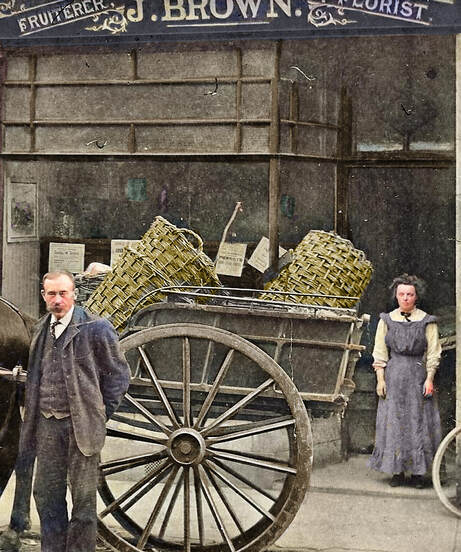
 RSS Feed
RSS Feed
